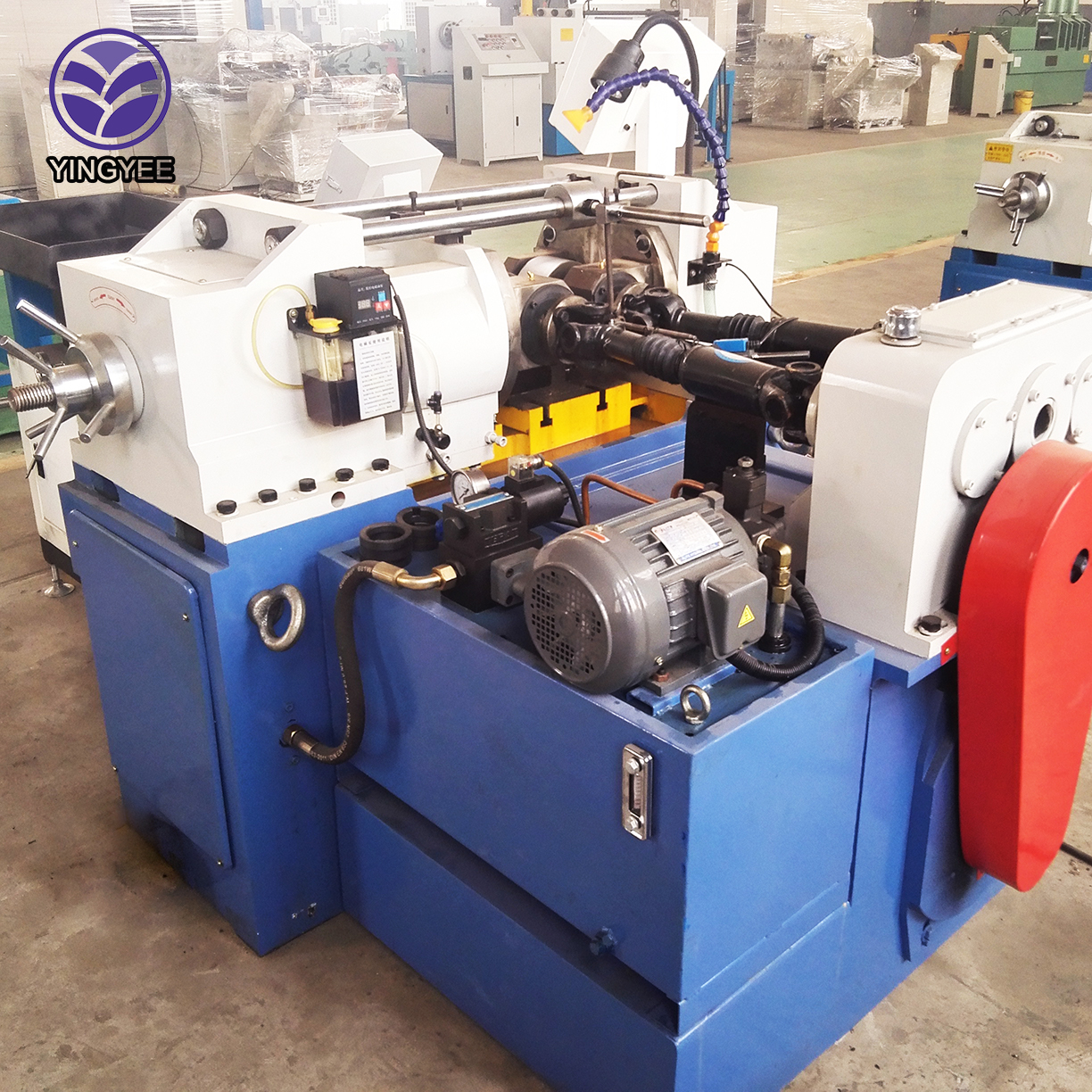
Understanding IBR Profiles and Double Layer Roofing Forming Machines
In the realm of modern construction and architecture, the choice of roofing material plays a pivotal role in influencing both aesthetic appeal and structural integrity. Among the various roofing styles available, the IBR (Inverted Box Rib) profile has emerged as a popular choice, particularly in industrial and commercial buildings. This article delves into the significance of IBR profiles and the technology behind double-layer roofing forming machines, which are crucial for producing these innovative roofing sheets.
What is an IBR Profile?
The IBR profile is characterized by its unique ribbed structure, which provides enhanced strength and durability. With its inverted box rib design, this type of roofing sheet offers exceptional resistance to bending and warping, making it ideal for areas that require robust roofing solutions. The IBR sheets are typically made from galvanized steel, which is treated to resist corrosion, thereby ensuring a long life span even in harsh weather conditions.
One of the significant advantages of IBR roofing sheets is their ability to create space for insulation. The ribbed design not only allows for better ventilation but also facilitates the installation of insulation materials, which can significantly enhance the energy efficiency of a building. Moreover, the aesthetic appeal of the IBR profile, with its clean lines and modern look, has made it a favored choice among architects and builders alike.
The Role of Double Layer Roofing Forming Machines
To keep up with the increasing demand for IBR roofing sheets, manufacturers have developed advanced machinery known as double layer roofing forming machines
. These machines are capable of producing two different profiles from a single set-up, thereby optimizing production efficiency and reducing operational costs.A double layer roofing forming machine typically consists of two separate production lines for different profiles that run simultaneously. This feature allows manufacturers to switch between profiles without needing to reconfigure the entire system, which saves both time and labor. The ability to produce IBR profiles alongside other types, such as corrugated sheets, increases flexibility in production and caters to diverse market needs.

Key Features of Double Layer Roofing Forming Machines
1. Efficiency and Speed One of the primary advantages of double layer roofing forming machines is their speed. These machines can produce roofing sheets at a high rate, ensuring that orders are fulfilled promptly without compromising on quality.
2. Versatility With the ability to manufacture multiple profiles, these machines cater to various customer specifications. This versatility allows manufacturers to meet unpredictable market demands without investing in multiple pieces of machinery.
3. Quality Control Modern double layer roofing forming machines are equipped with advanced technology to ensure consistent quality. Automated systems measure thickness, width, and profile accuracy, resulting in roofing sheets that meet high industry standards.
4. Cost-Effectiveness By combining two production lines into one machine, manufacturers can significantly cut down on operational costs associated with running separate machines, such as labor, space, and maintenance.
Conclusion
The use of IBR profiles in roofing systems is a testament to the evolution of construction materials that prioritize both functionality and aesthetics. Coupled with the advancements in manufacturing technologies such as double layer roofing forming machines, the roofing industry is poised to meet the growing demands for durable and versatile roofing solutions. As builders increasingly look for efficient and cost-effective ways to construct modern buildings, understanding the capabilities of these machines becomes imperative.
In summary, the importance of IBR roofing profiles cannot be overstated. Their strength, durability, and aesthetic versatility make them a preferred choice for many construction projects. With the continued evolution of manufacturing technology, the future of roofing solutions looks promising, ensuring that both builders and customers benefit from innovative products and applications. By investing in high-quality machinery and understanding market demands, manufacturers can continue to lead in this competitive industry.